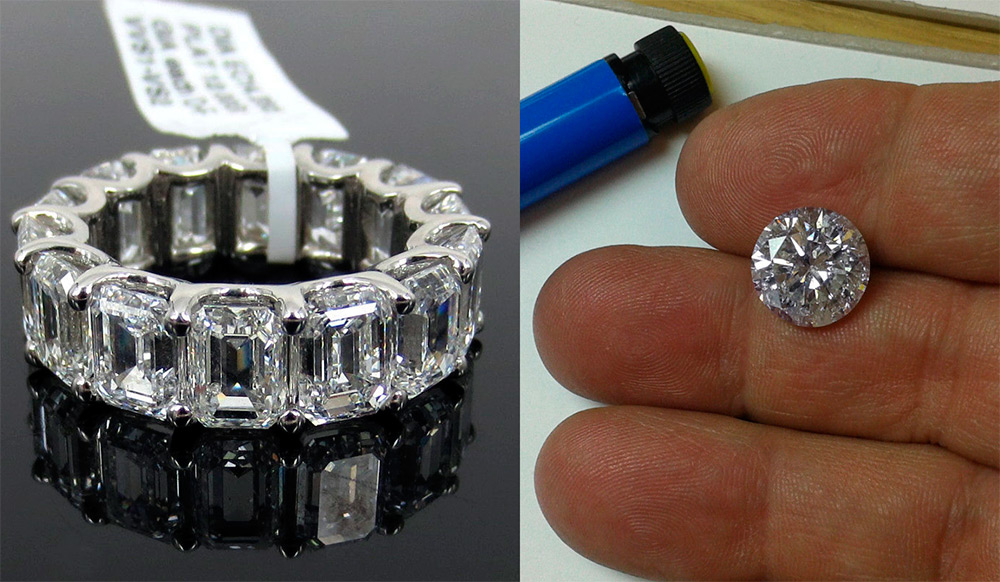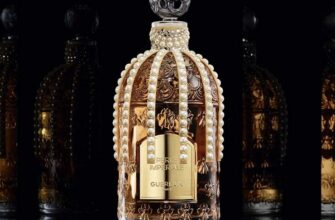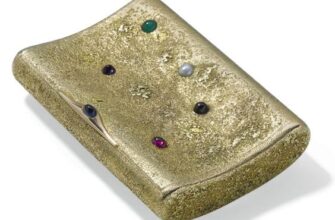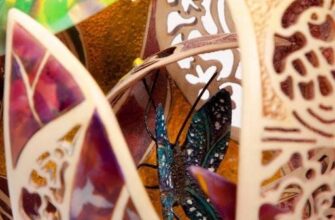In the bowels of the earth, the majestic architecture of crystals is born, which exists according to the eternal laws of geometry. They go through severe trials before they appear in a noble form, which amazes with the wonderful grace of forms, the play of light and the magical power that attracts the eye and the desire to possess them. After all, no one doubts that the owner of the precious stone also has its power.
What is the power of a diamond? One of the most characteristic properties of a diamond is its hardness. It is no coincidence that its name comes from the Greek adamas - "indestructible". And according to another version, the diamond comes from the Persian word elma - “hardest”. Be that as it may, the fact that a diamond has the property of high hardness has been recognized by all peoples since ancient times.
In the 1st century AD it was considered the most precious of earthly goods, but despite this, among the precious stones, the diamond was not always considered the main one.
"Adamas" - "indomitable or indestructible", as people called the diamond. It got its name due to its extraordinary strength. However, the diamond was rarely used in jewelry. In ancient Rome, it was inserted into a setting without cutting, in other words, there was no such opportunity at that time to cut such a durable stone.
It was the hardness of the stone that caused the rich history of this beautiful creation of nature to begin quite late - not earlier than the 14th century. And, as you know, cutting is aimed at maximizing the beauty of the stone. The perfection of the cut can significantly affect the price of the stone.


All that jewelers who lived many centuries ago could do was polishing the natural edges of a crystal, for this they rubbed one diamond against another. There was another more technological technique - the stone was polished using a rotating metal disk, on the surface of which diamond powder was applied. Now such decorations can only be seen in museums.
Types of diamond cutting into brilliants
In addition to the inability to defeat the strength of a diamond, in some countries, for example, in India, there was a taboo on changing the octahedral shape of a crystal. It was not until 1375 that the jewelers of Nuremberg began to make stones "with a platform", cutting off the top of the crystal. In their appearance, such stones resembled a truncated pyramid. This was the first step towards cutting the "invincible".

The next step was filing first the lower platform of the crystal, and then the side faces. It seems that all this is so insignificant for the cutting of a crystal. But it was these steps that helped jewelers, and the whole world, to find out what the beauty of a diamond means. Its crystalline structure is such that when light hits the site, it causes a characteristic play of rays. It turned out that cut diamonds are able to reflect light much higher than natural natural crystals. And then the "invincible" and "indomitable" diamond received another name - "sparkling" (French brilliant).
And finally, new additional faces appeared on the surface of the crystal - facets. The master who dared to convey the beauty of the diamond on a larger scale was the court jeweler of the Duke of Burgundy, the Fleming Lodevig van Berkem. In 1465, he gave the diamond the shape of an elongated drop. By the way, the famous Sancy pale yellow diamond also has the shape of a drop, or pear.

In the 16 century Italian master jewelers Giacomo Taglicarne and Giovanni Carniole began to cut rose-shaped diamonds. This ancient cut still serves diamonds to this day, turning them into brilliants. It does not have a platform at the top and there is no sawn-off lower part; the cut has symmetrically located edges. “Roses” are available in various versions, and depending on the number and shape of the facets, they distinguished between “Dutch”, “Antwerp”, etc. varieties.
So from century to century, diamonds improved, showing their beauty to the whole world, charming with bizarre shapes and amazing sparkle. An Italian, Cardinal Mazarin, was involved in the further history of cutting, the same one who was glorified in the pages of his novels by Alexander Dumas.
Unlike the brave musketeers, he was a historical and significant figure. He had an impact not only in diamond cutting, but also in politics, showing his abilities in many areas. With his support, the Royal Academy of Painting and Sculpture was founded, he owned luxurious diamonds, including the famous Sancy. Cut "according to the Mazarin method", diamonds sparkled with their 34 facet planes, many of which, after the death of the cardinal, fell into the hands of the "King of the Sun" by will.
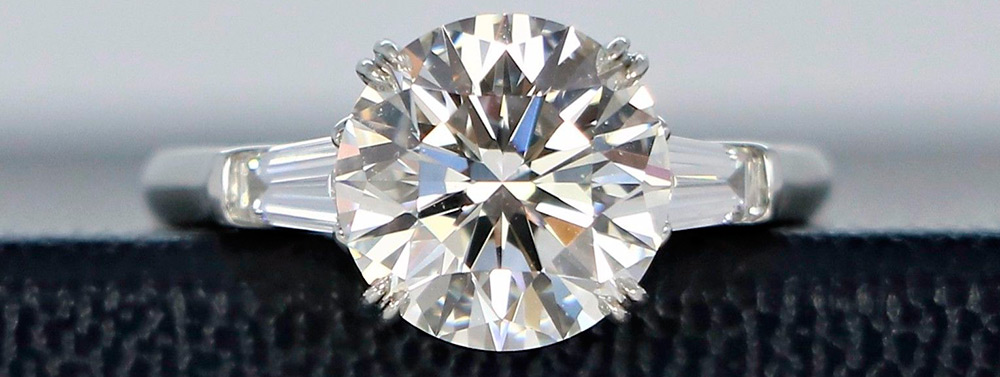
Late 17th century Italian jeweler Vicenzo Peruzzi developed an even more complex cut, with 57 facets - 33 on the top side and 24 on the bottom. The faceted crystal acquired a rounded shape. This cut was later called brilliant. It was this cut that revealed the extraordinary sparkling properties of the stone.
Rays of light entering through the platform are reflected twice from the inner facets on opposite sides of the diamond and go up. This flow creates the effect of flashes of light, which is what the diamond is famous for. The play of color on the facets of a diamond is based on the dispersion of light, or the decomposition of light. A diamond, like a transparent prism, decomposes a stream of white light into colored rays. This property of a diamond both pleases and attracts the eye, fascinates and excites, causes a storm of emotions.
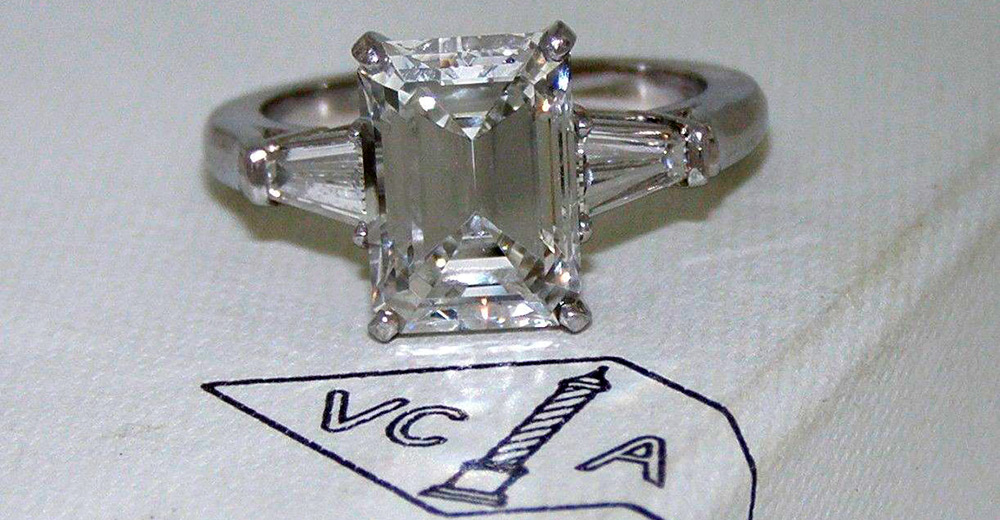
In the twentieth century even more complex diamond cuts appeared, for example, the "royal" cut, which contains 86 facets, the magna cut - 102 facets, the princess cut - 146 facets. And that is not all. Next came the cuts, which had already “lost” count of the facets. This surprises, delights, but does it give more facets and the maximum play of light? One young man, mathematician Marcel Tolkovsky, also thought about this. Born into a family of jewelers, he has been watching diamond flashes since childhood. By the age of twenty, Marcel had thoroughly studied optics and analyzed the course of the rays of a diamond.
Thus, it was concluded that for complete reflection of the beam from the second face, the angle of its inclination should be no more than 43° to the horizontal plane. In this case, the maximum reflection of light occurs. Now stones whose proportions and angles are calculated in this way are called Tolkovsky diamonds.
Diamond crystals are found in different shapes and sizes, and it is not always possible to create a Tolkovsky cut of a diamond. Jewelers take into account the natural shape of the stone, hence the various types of cutting. But no matter what cut a diamond has, no one doubts their magical power.

